Hello friends! It’s almost the New Year… which is totally crazy. 2014 has gone by like a speedy train. It’s been a great year for me; I married an amazing man, pursued my passion by starting this blog and traveled throughout the year to Costa Rica, Tahoe and Mexico. I have many goals for the coming year and can’t wait to make them happen. I hope you had a great year too and I wish you an amazing 2015.
I have been in Mexico for the last week and the food and traveling has taken a toll on my body. The rich food, late nights, sweets and drinking has left me feeling sluggish and foggy headed. I am seriously ready to detox and get back into balance.
We have also been eating more meals a day than normal, because each time a family member has come over to see us they bring food with them. So in additon to the amazing food that My husband’s grandmother, Queta has been cooking, we’ve been eating two breakfasts and dinners or lunches almost everyday.
Did I mention that the food is absolutely flavorful and delicious here? I mean…Yum!
BTW, Eric’s (my husband) grandmother is 85 years old and doesn’t look a day over 65. She loves to cook and makes everything from scratch; soups made from homemade broth, ribs, chicken mole verde, carnitas from a whole pig leg, beans, fresh tortillas. I have never had a homemade tortilla in my life and they are amazing. You can’t find authentic Mexican food like this in the States. Trust me, I’ve lived in California my whole life eating Mexican food and nothing compares.
Even though the food has been fresh and homemade, it’s been mostly meat and tortillas. I haven’t had any fermented foods all week and I am feeling the effects. There are two mason jars full of beet kvass and a big batch of sauerkraut fermenting on the counter that I am going to attack when I get home.
I’m not a big fan of the taste of traditional beet kvass, because its too salty and well…beety. So I’ve been determined to come up with a recipe that tastes better. This isn’t a whole lot different from making sauerkraut with beets except in this, there is more beets than cabbage. Adding the cabbage and apples or oranges helps to dilute the beet flavor and makes it more palatable.
Benefits of beet kvass:
- Liver cleanser
- Helps with hangovers
- Blood purifier
In the book by Sally Fallon, “Nourishing Traditions“, she explains the benefits of beet kvass as…
This drink is valuable for its medicinal qualities and as a digestive aid. Beets are just loaded with nutrients. One 4-ounce glass, morning and night, is an excellent blood tonic, promotes regularity, aids digestion, alkalizes the blood, cleanses the liver and is a good treatment for kidney stones and other ailments.
Enjoy my modified versions of beet kvass; Apple Ginger or Orange Infused Beet Kvass and start the New Year healthy and toxin free.
Apple Ginger Infused Beet Kvass
- 2 beets chopped into small pieces (about ½")
- ¼ head of cabbage rough chopped
- 1 apple chopped
- 1 tbsp ginger finely chopped
- Brine: 2 cups purified water + 1 tbsp sea salt
- Chop up the beets, apples and cabbage.
- Put the cabbage in the bottom of a quart size mason jar and press down firmly.
- Add the apples and ginger.
- Add the beets.
- Make the brine by dissolving sea salt into purified water.
- Pour the brine into the mason jar until it covers the beets.
- Shake the jar a little to let the air bubbles out and add more brine if needed.
- Weigh the beets down with a rock or pickling weight.
- Set on the counter and allow to ferment for 3-5 days.
- You will know it's ready when you see a lot of small air bubbles in the mason jar and it tastes slightly sour.
- When ready, place in the fridge. Strain out the juice to drink.
Orange Infused Beet Kvass
- 2 beets chopped into small pieces (about ½")
- ¼ head of cabbage rough chopped
- 1 orange chopped into small pieces with orange peel left on.
- Brine: 2 cups purified water + 1 tbsp sea salt
- Chop up the beets and orange.
- Put the cabbage in the bottom of a quart size mason jar and press down firmly.
- Add the orange.
- Add the beets.
- Make the brine by dissolving sea salt into purified water.
- Pour the brine into the mason jar until it covers the beets.
- Shake the jar a little to let the air bubbles out and add more brine if needed.
- Weigh the beets down with a rock or pickling weight.
- Set on the counter and allow to ferment for 3-5 days.
- You will know it's ready when you see a lot of small air bubbles in the mason jar and it tastes slightly sour.
- When ready, place in the fridge. Strain out the juice to drink.
Resources
Some links on this page are affiliate links and they are all for companies that I support and buy from myself. If you decide to purchase any of these products through these links, I will earn a small commission and you will have my sincere thanks for supporting Fermented Food Lab.
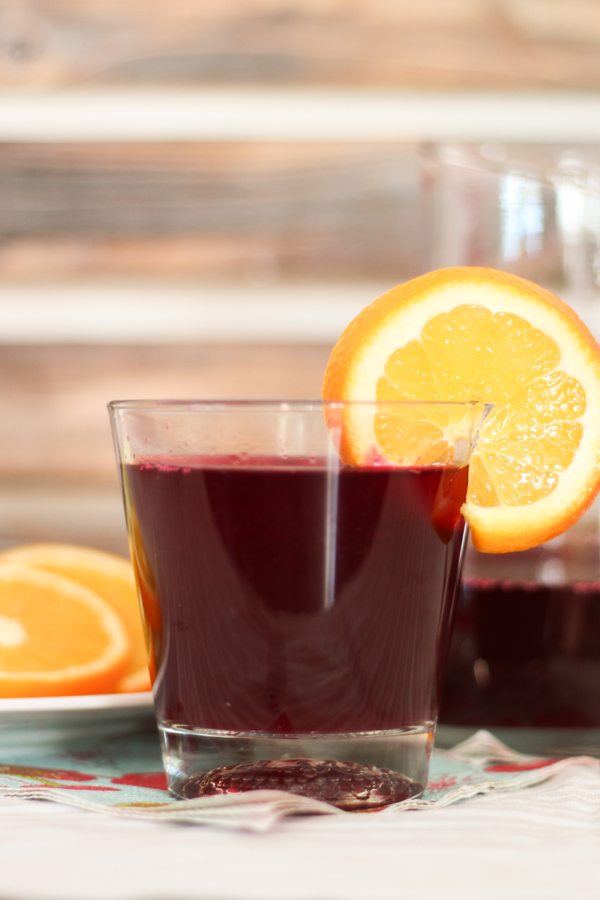
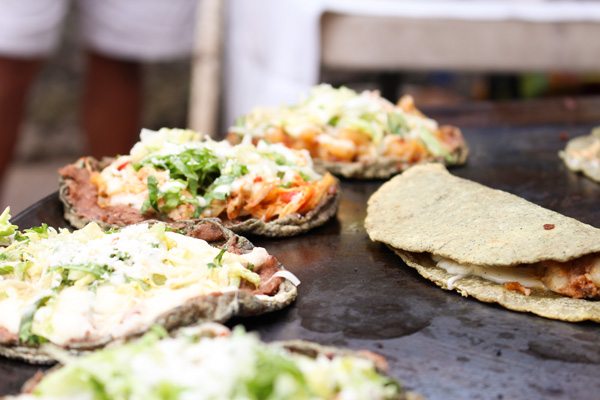
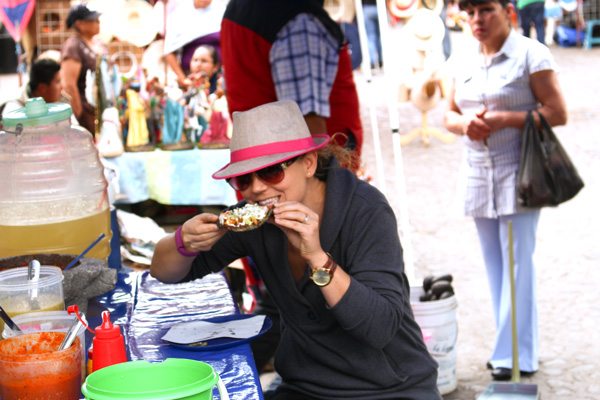


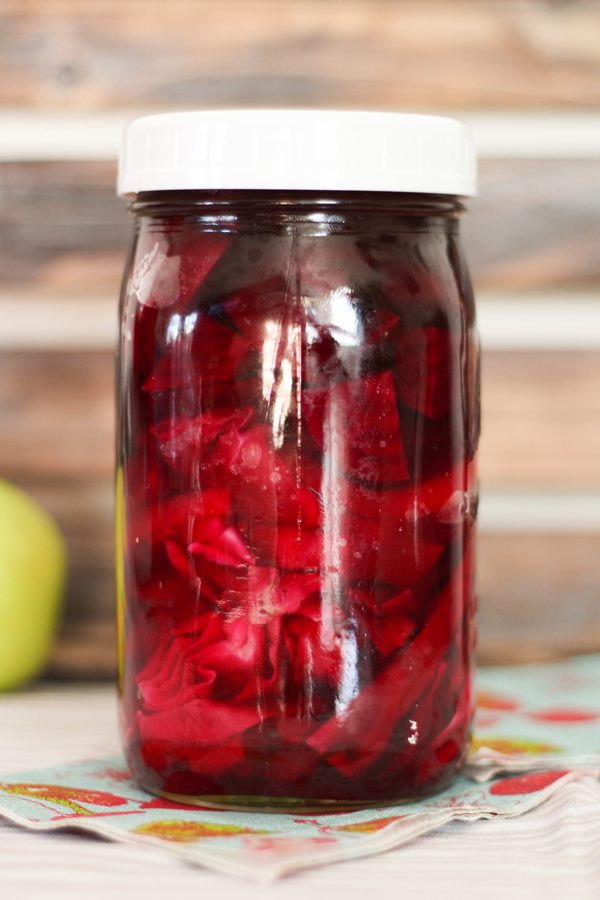

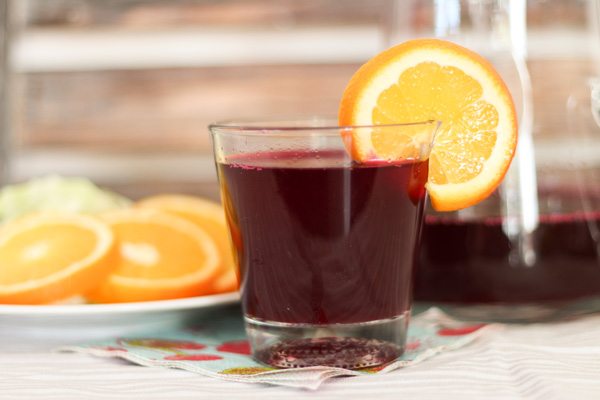
Hello Danielle. I am interested in making the Orange Infused Beet Kvass, however the recipe instructions appear to be duplicate to those for Apple Ginger Infused Beet Kvass. Could you please update/correct and let me know once it’s completed? Thank you in advance for your time and willingness to share!
Thank you Brenda! They are so similar. The only difference is using an orange instead of an apple and ginger. I updated it.